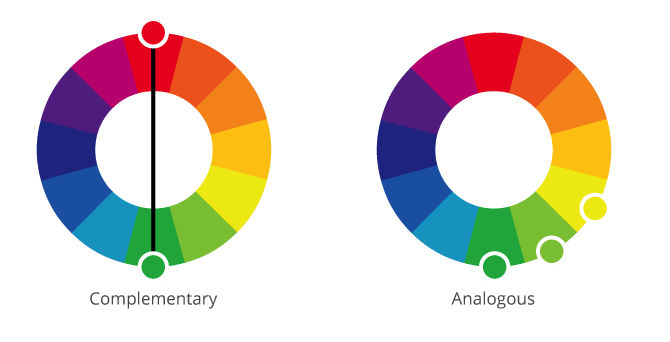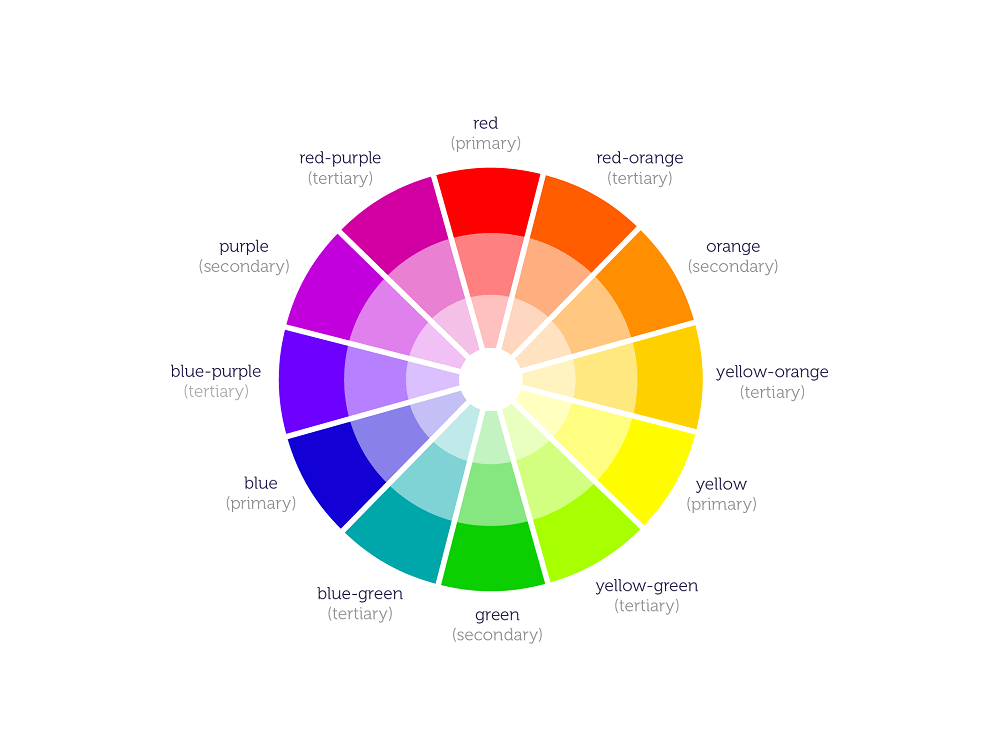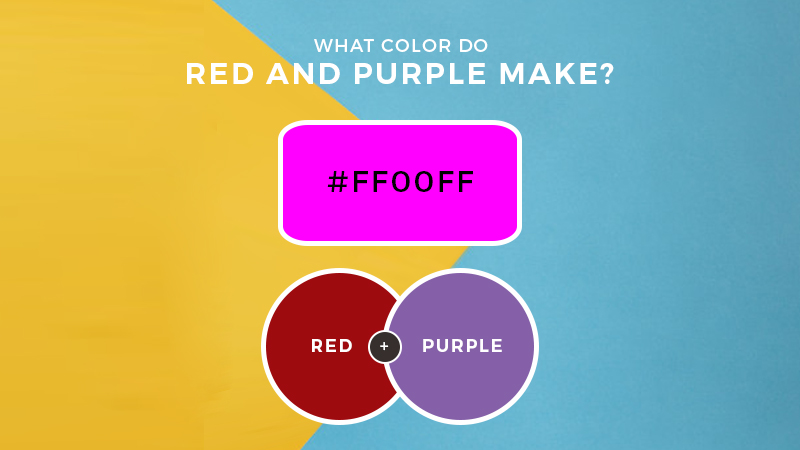Red and Purple Mixed! What Color Do Red and Purple Make?
Curious what happens when red and purple are mixed together? We will reveal the answer in this article.
Whether it’s for painting, fashion style, web design, or day-to-day makeup, it’s always a good thing to know the relationships between each hue and what color combinations will lead to your desired color outcome.
To ensure a good start, it’s best to always begin your colorful discovery with popular hues, such as red and purple, for instance.
Sure, while the two are popular and widely used as individual color choices, combining them would provide you with yet another brilliant hue that is sure to give your craft more depth and style.
To help you with that, we have prepared a brief guide that will enable you to identify the proper ways to categorize colors and know what to expect when you combine certain pairs.
Read on.
Color Theory: Understanding Color Relationships
Of course, while each color carries the beauty of its own, combining some together can lead to an even more stunning result.
However, this is not always the case. Since each hue has its own distinct set of features and functions, randomly mixing one with another isn’t always a wise thing to do.
In fact, when mixing colors, artists and designers are advised to review what we call “Color Theory” first.
What is Color Theory?
Generally, when we speak of Color Theory, this refers to the set of rules and principles related to the science and art of using colors.
Since designers and artists mostly rely on colors to communicate with their audience, evoke certain emotions or set a particular mood in an art piece, color theory sets the fundamental guidelines enabling them to choose the right colors and combinations to achieve their desired results.
Overall, this includes which colors create visual contrast or harmony when brought together and which colors aren’t fit to be mixed or placed alongside each other.
To understand Color Theory, designers and artists are provided with what we call the Color Wheel.
What Is the Color Wheel?
To explain simply, the Color Wheel is the very basis of Color Theory. It works as a circular diagram of colors arranged specifically to display their chromatic relationships.
Under this arrangement, colors that are placed on opposite sides of the circle are called “Complementary Colors.”
When these colors are used together or placed alongside each other, they create high contrast that helps them appear brighter and more prominent.
Meanwhile, those that are positioned side by side on the wheel, such as orange, yellow, and green, for instance, are called “Analogous Colors.”
These are colors that are very similar but have different traits or functions. When used together, they create a serene and comfortable result.
Within the color wheel, colors are generally divided into three categories: primary, secondary, and tertiary.
When we speak of primary colors, these refer to the colors red, yellow, and blue, which are recognized to be the parent colors of all other succeeding colors.
Secondary colors, on the other hand, are those that are produced by combining two primaries together. These include orange, which is made by mixing yellow with red; green, which is the result of blue and yellow; and purple, which is created from red and blue.
Lastly, tertiary colors are those that are created by mixing a primary with a secondary. These include the colors red-orange, yellow-orange, yellow-green, blue-green, blue-violet, and red-violet.
What Color Do Red and Purple Make?
Now that you’ve had a brief review of Color Theory, it’s now easy to identify what colors different combinations produce.
In the case of red and purple, we would expect the mixture to appear reddish-purple, which could mirror the colors magenta or mauve, depending on the intensity and amount of the colors that were used.
Generally, since purple is made by mixing red with blue, the color purple itself already contains a certain degree of redness.
Knowing this, it’s wise to use only a small amount of each hue to avoid ending up with a muddy mess.
For an even better outcome, some also advise using a shiny red and a shiny purple together and creating the mixture by layering them instead of mixing them together.
The Bottom Line
Surprised by what color red and purple produce when mixed together? Mixing these two popular hues is sure to give your art a unique touch.
Find out more about the different color combinations by experimenting with your art supplies today!
Read Latest Posts

Hi, I'm Anthony Tran! Welcome to my site. I live in Arizona and am obsessed with all things related to building an Online Business and working from home. Learn about my journey here.
Follow Online






